So, I've done some sketching, which is really crucial as it will quite possibly decide the future of where I'm headed for this project. The inspiration for all of these sketches came from the precedents that I discussed earlier. The actual inspiration for each piece is slightly different. Some of them aren't so much sketches of potential models so much as sketches of motifs that could be used in my models.
The inspiration for this one was from the dandelion flower, where you can very clearly see the Fibonacci spirals emanating from the centre of the flower. The seeds are arranged in a very oddly mathematical sequence, and it raises the question of them being designed by some sort of grand maker. Not that I believe in such stuff. But anyway, the spirals emanating from the centre could be a very important motif, and I don't think it should be a design I take on lightly.
Translating that spiral into a 3-D form therefore seemed very natural, and deriving it from the original shape of a plant that adapted this for wrapping itself around other plants just seems like a logical step. The vertically translated form could be a very powerful part of my model and give it the verticality it needs.
Using the honeycomb design, which is so simple! It's such a beautiful series of shapes and they are so strong and integral to the design of beehives.We have started to adopt such forms into our own architecture now, which I see as a definite step in the right direction. Drawing inspiration from nature for this project could however become my undoing if I'm not careful with it and how I design it.
Drawing from Grecian design after taking 171, the design history paper last trimester almost feels like a step backwards, but the designs that the Greeks came up with are both elegant and beautifully simple at the same time. Why I haven't used such designs in my work before is a mystery. Another thing I want to pursue is the notion of making something that in two dimensions looks physically impossible possible in 3 dimensions. If that makes sense.
Taking the prior Grecian design and making it into something a little more fluid is an interesting step, as it allows me to play with some of the curvature a little more. Making something that could look like a piece of string would be really cool and could definitely stand out from the rest. Understanding how the design works is key, though.
Being able to stack such a design and replicate it vertically could be invaluable to expanding the design in the third dimension. I want to make maximum use of the capacities of the 3-D printer, so I need to make sure I stretch it to its absolute limits. Possibly making something that could look like a machined component could be cool?

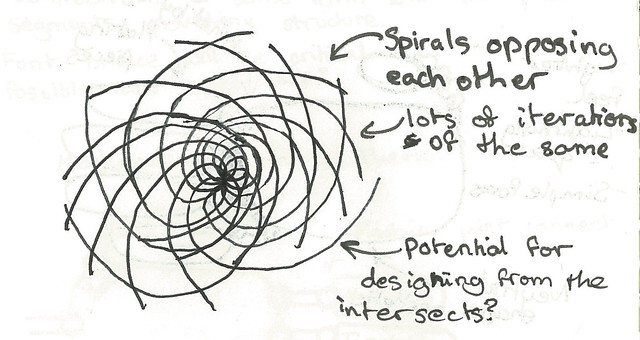
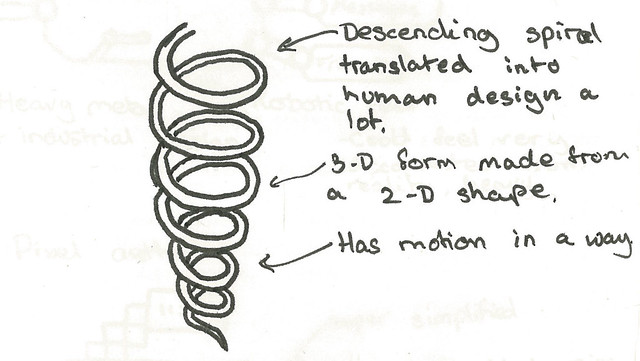

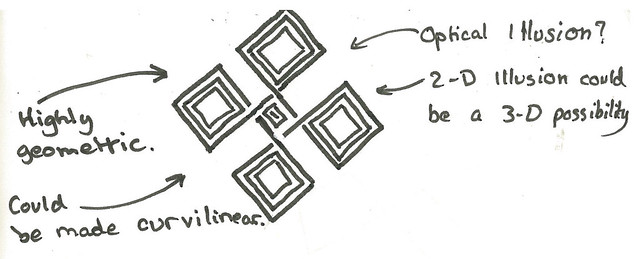
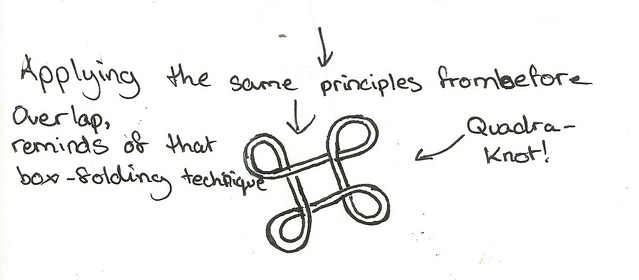
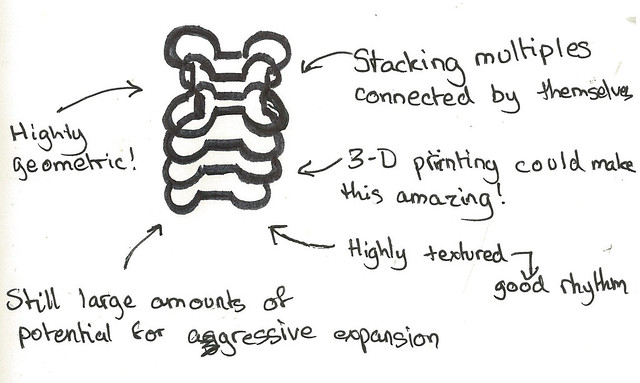
No comments:
Post a Comment